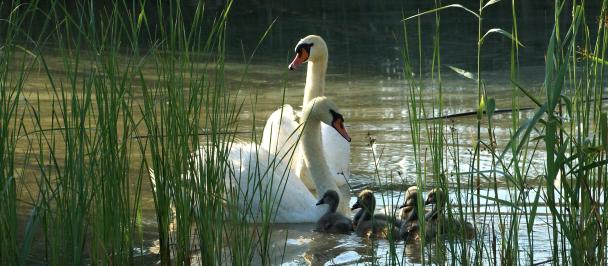Photo: Saltore Saparbayev, Kazakhstan
Snow leopard -- one of the rarest and least studied members of the car family, as well as a recognized symbol of the Central Asian region. What do we know about them and what can we do to preserve them?
Listed on the Red List of the International Union for Conservation of Nature (IUCN) as a threatened species, the snow leopard can still be found in Kazakhstan, Bhutan, Russia, Kyrgyzstan, Nepal, Uzbekistan, Mongolia, Tajikistan, China, India, Pakistan and Afghanistan, within the area spanning 500,000 sq.km.
Reasons for the animal’s disappearance remain unchanged – an anthropogenic human activity in the mountains – snow leopard’s natural habitat, as well as poaching.
United Nations Development Programme (UNDP), alongside with the national partners, actively advocates for the preservation of the snow leopard and its habitat across Kazakhstan to prevent the disappearance of this rare animal. A special project to preserve the snow leopard has been under implementation since 2018, under the cooperation of UNDP and the Global Environment Facility (GEF) with the government of Kazakhstan
To date, in collaboration with the Institute of Zoology of Ministry of Education and Science of Kazakhstan, UNDP has conducted research to determine potential areas of habitat for the snow leopard population and its food base. The work is being carried out across the mountain ranges of the Kyrgyz, Trans-Ili Alatau (including the eastern spurs), Kungei, Zhetysu (Dzungarian) Alatau, Ketmen, Saur and Tarbagatai, and is expected to be completed by the end of 2021, with a habitat landscape plan for this animal.
It was early 2020 when the snow leopard’s presence was first confirmed in Kazakhstan’s Jambyl region and Altyn Emel National Park. The animal was captured by camera-traps, donated by UNDP as part of the UNDP/Global Environment Fund project in Kazakhstan. In total, 294 camera-traps and special equipment were purchased to create a stable base for monitoring the snow leopard and its food supply. 3 thermal imagers, 25 quadrocopters and winter field clothing were provided for 13 protected natural territories located across Almaty, East Kazakhstan, Jambyl and Turkestan regions, to obtain the most reliable information on wild animals and ecosystems
Protection of the snow leopard population in Republic of Kazakhstan, as a rare and endangered species, is particularly important for the country's biodiversity. Lastly, conservation of biological diversity and valuable ecosystems does reflect the objectives of the Sustainable Development Goals (SDGs) – promoting the rational use and stopping the loss of biological diversity, as well as protecting and restoring land systems.

 Locations
Locations




